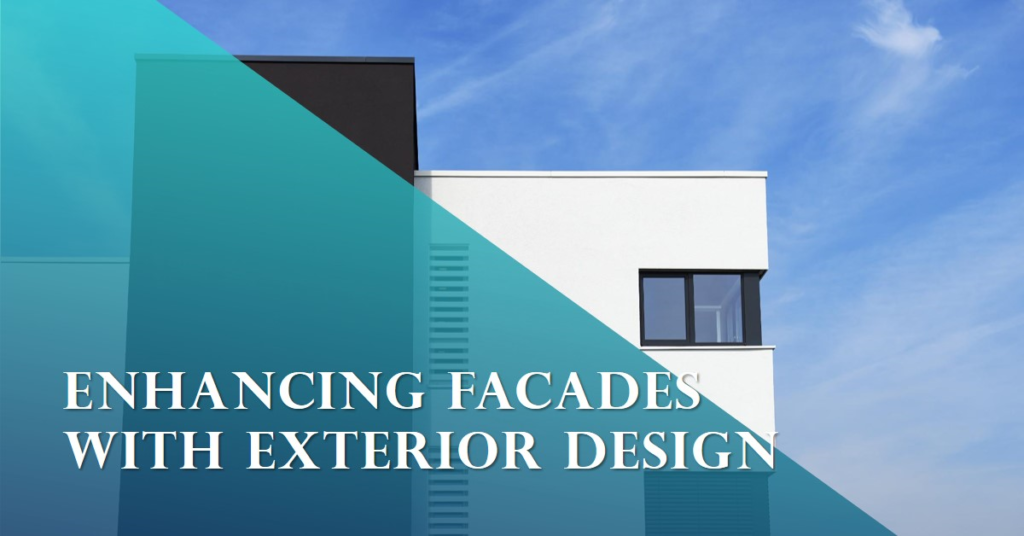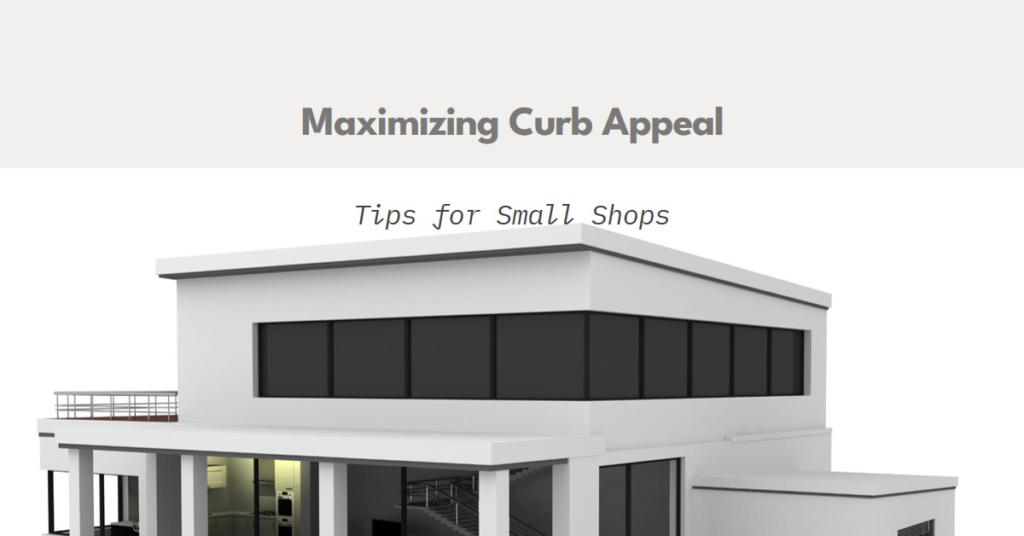
Table of Contents
- The Art of Elevation: An Introduction
- Understanding Exterior Design Elevation:
- The Role of Materials in Elevation Design:
- Incorporating Modern Design Elements:
- Balancing Functionality and Aesthetics:
- The Impact of Lighting on Elevation Design:
- Embracing Cultural Influences in Design:
- Utilizing Technology in Elevation Design:
- Case Studies: Success Stories in Elevation Design
- Conclusion: Elevating Your Design Approach
The Art of Elevation: An Introduction
Elevating the exterior design of a building transforms not only its aesthetic appeal but also its market value and functionality. Exterior design elevation, an integral aspect of architectural design, involves creating detailed drawings of a building’s exterior from various perspectives. These elevations provide a comprehensive view, showcasing the relationship between different elements, textures, and materials.
Incorporating innovative design techniques in exterior elevation enhances the overall look of a structure. By considering factors such as symmetry, balance, and proportion, designers can create visually appealing facades that stand out. This blog explores various strategies and considerations for enhancing facades with exterior design elevation, offering insights into the art of transforming buildings into architectural masterpieces.
Understanding Exterior Design Elevation:
Exterior design elevation is more than just drawing the outer appearance of a building. It is a meticulous process that involves detailed planning and creativity to achieve a harmonious and functional design. Elevation drawings typically include front, rear, and side views of a structure, providing a comprehensive perspective that guides the construction process.
The primary objective of exterior elevation is to convey the design intent clearly. It illustrates how different elements like windows, doors, roofs, and other architectural features interact. This clarity ensures that the final structure aligns with the designer’s vision, meeting both aesthetic and functional requirements.
The Role of Materials in Elevation Design:
Materials play a crucial role in the effectiveness of exterior design elevation. The choice of materials can significantly influence the building’s aesthetic, durability, and environmental impact. Designers must consider the properties of each material, including texture, color, and resistance to weather conditions.
For instance, using a combination of wood, stone, and glass can create a dynamic and visually appealing facade. Wood adds warmth and natural charm, stone offers strength and texture, and glass introduces modernity and transparency. By skillfully blending these materials, designers can create unique and striking elevations that enhance the overall appearance of the building.
Incorporating Modern Design Elements:
Modern design elements can elevate the exterior aesthetics of any structure. Features such as large windows, clean lines, and minimalist forms contribute to a contemporary look that appeals to many. These elements not only enhance visual appeal but also improve functionality by allowing more natural light and providing better views.
Moreover, incorporating sustainable design practices, such as green roofs and solar panels, can further enhance the facade while promoting environmental responsibility. These features not only add to the building’s modern aesthetic but also offer practical benefits like energy efficiency and reduced environmental impact.
Balancing Functionality and Aesthetics:
Achieving a balance between functionality and aesthetics is essential in exterior design elevation. While a visually appealing facade is important, it should not compromise the building’s usability and comfort. Designers must consider practical aspects such as ventilation, insulation, and accessibility while creating elevation drawings.
For example, strategically placing windows and vents can enhance airflow and natural lighting, improving indoor comfort. Similarly, using durable materials can ensure the building withstands harsh weather conditions, reducing maintenance costs and enhancing longevity. By addressing these functional aspects, designers can create elevations that are both beautiful and practical.
The Impact of Lighting on Elevation Design:
Lighting plays a pivotal role in enhancing exterior design elevation. Proper lighting can accentuate architectural features, create mood, and improve security. Incorporating both natural and artificial lighting in the design process ensures the facade looks impressive day and night.
Using techniques like uplighting and downlighting can highlight specific elements such as columns, entryways, and textures. Additionally, integrating smart lighting systems allows for dynamic lighting control, enabling the facade to change its appearance based on time of day or events. This flexibility adds a layer of sophistication and adaptability to the design.


Embracing Cultural Influences in Design:
Cultural influences can significantly enhance the uniqueness and relevance of exterior design elevation. By incorporating elements from local architecture and traditions, designers can create facades that resonate with the community and reflect its heritage. This approach adds depth and context to the design, making it more meaningful and engaging.
For instance, incorporating traditional motifs, materials, and construction techniques can create a sense of place and continuity. This cultural sensitivity not only enriches the aesthetic appeal but also fosters a connection between the building and its surroundings, enhancing its overall impact.
Utilizing Technology in Elevation Design:
Advancements in technology have revolutionized exterior design elevation. Tools like Building Information Modeling (BIM) and 3D rendering software allow designers to create detailed and accurate elevation drawings with ease. These technologies facilitate better visualization, enabling designers to experiment with different elements and materials before finalizing the design.
Moreover, virtual reality (VR) and augmented reality (AR) tools offer immersive experiences, allowing clients to explore the design in a realistic environment. This interactive approach enhances communication and ensures that the final design meets the client’s expectations and requirements.
Case Studies: Success Stories in Elevation Design
Examining successful case studies provides valuable insights into effective exterior design elevation practices. Analyzing real-world examples highlights the strategies and techniques used by leading architects and designers to create stunning facades. These case studies serve as inspiration and learning opportunities for aspiring designers.
One notable example is the Burj Khalifa in Dubai, which incorporates modern design elements, advanced materials, and innovative lighting to create a breathtaking facade. Another example is the Sydney Opera House, which blends cultural influences and cutting-edge technology to achieve a timeless and iconic elevation. By studying such examples, designers can gain a deeper understanding of the principles and practices that lead to successful elevation design.
Conclusion: Elevating Your Design Approach
Enhancing facades with exterior design elevation is a multifaceted process that requires creativity, technical expertise, and attention to detail. By understanding the principles of elevation design, selecting appropriate materials, incorporating modern elements, balancing functionality with aesthetics, leveraging lighting, embracing cultural influences, and utilizing technology, designers can create visually stunning and functional facades.
As the field of exterior design continues to evolve, staying informed about the latest trends and techniques is crucial. By continually refining their skills and approaches, designers can elevate their projects, creating buildings that are not only beautiful but also enduring and impactful.


